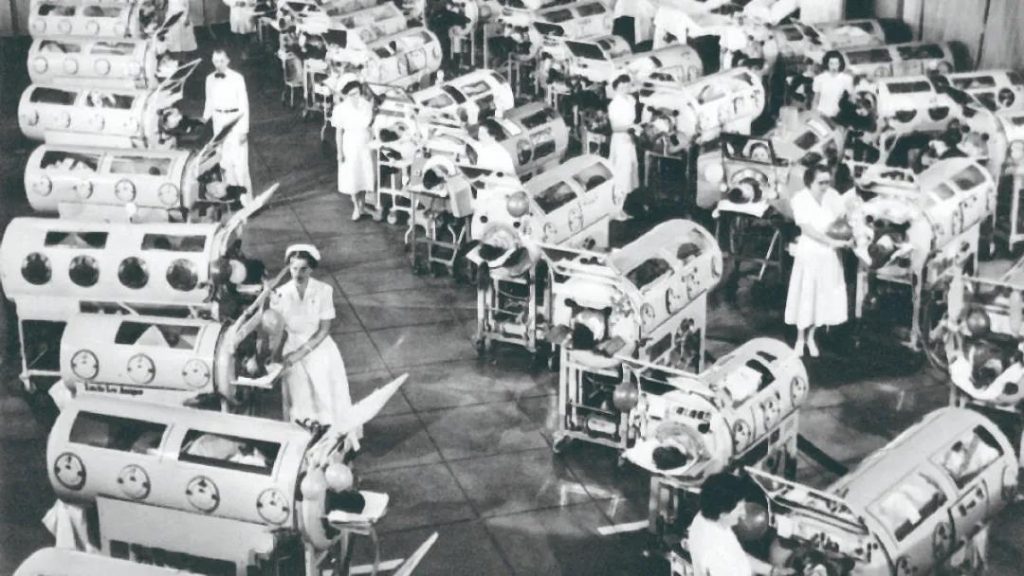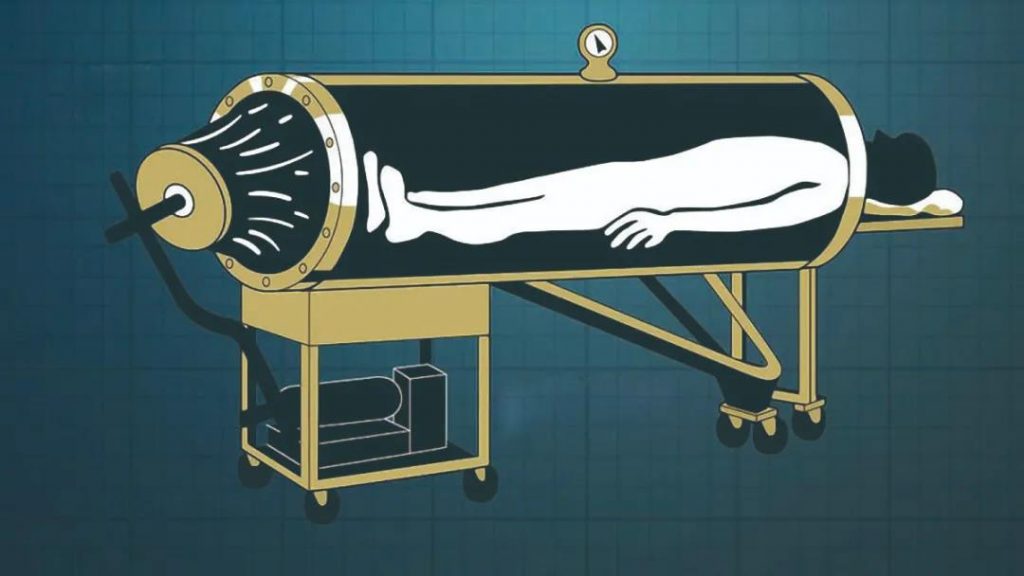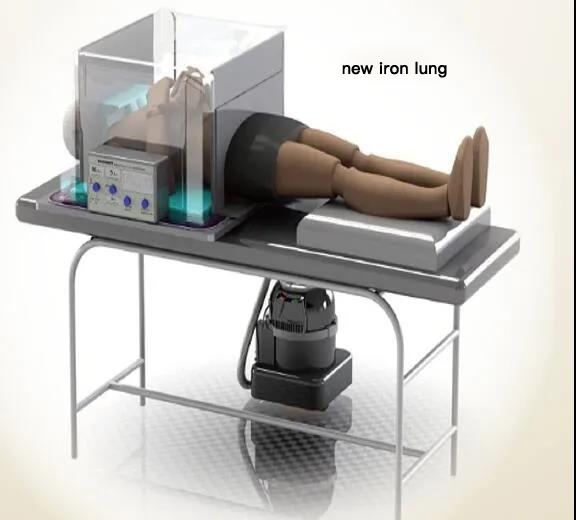
Paul Alexander, 76, has lived on a cylindrical iron can for 70 years. He spends most of his time lying in it, otherwise he will die. This iron can is an “antique” produced 70 or 80 years ago, and even repair is a problem. Why does Paul have to live in an iron can?
Child killer
The disease and death caused by COVID-19 have not been cut off worldwide. For children, this is the first time they have seen the terrible plague, but for people of your grandparents’ age, they should have seen it many times. Poliomyelitis (hereinafter referred to as “poliomyelitis”) is one of them, which is caused by poliovirus infection.

In the 1950s, children with poliomyelitis were treated in American hospitals lying in iron lungs.
Before poliovirus vaccine appeared, the virus was as alarming as COVID-19. In the 1950s, the global polio epidemic peaked. During the epidemic, the doors and windows of every house were closed, and public places such as swimming pools and cinemas were also closed one after another; The streets were sprayed with disinfectant; The hospital is overcrowded.
More than 95% of people have no obvious symptoms or only mild symptoms after infection, but a few patients will become disabled or even die. The largest infection group is children, so poliomyelitis is commonly known as “poliomyelitis”.
Live in an iron can
Poliovirus will damage the nerves that control the muscles, paralyzing and shrinking the muscles, which is the cause of poliovirus disability. If the virus damages the nerves that control the diaphragm, the muscle that helps the lungs breathe, the patient will be unable to breathe and may eventually suffocate. Paul, 6, is unfortunately one of them. When he entered the hospital, the doctor had little hope for him.

The baby with polio is lying in an iron lung.
However, Paul did not die. When he woke up from his coma, he found himself lying in an iron can with only his head exposed. He looked around as like as two peas in a spacious ward, and the top of each tin pot was a child’s head.
“Ancient” iron lung
The iron can is a device that helps patients breathe. Like a submarine, it is called “iron lung”. Its prototype invention dates back to the 17th century, but the iron lung that helps humans breathe appeared in 1928.

It completely encloses the patient’s body and is airtight. Relying on the push and pull of a bellows, it repeatedly creates negative pressure inside (lower than the external air pressure) to force the air flow into and out of the patient’s lungs. The bellows is driven by electricity and can also be operated manually in case of power failure.
The Savior of children
Paul was one of thousands of children who were pulled back from the line of death by the iron lung when the poliovirus was rampant in the 20th century.
Usually, polio patients lie in iron lungs for about two weeks to maintain breathing, and the body will recover by itself. However, some children have left sequelae of varying degrees. Paul’s condition is the worst. He is almost paralyzed below his neck and can only breathe with iron lungs all his life.

Paul is not the only one who has survived in the iron lung for decades. When he first entered the 21st century, there were still dozens of people living on the iron lung; Up to now, there are only two “iron lung people” left, including Paul.
Iron lung for novel coronavirus pneumonia
Because polio vaccine has eradicated polio in many parts of the world, and with the invention and wide use of modern ventilator, iron lung has naturally faded out of the historical stage. Modern respirators directly send air into the patient’s lungs. There is no need to put the whole person’s body into the jar, just cover the patient’s mouth and nose, and the patient is much less restricted. The lungs of novel coronavirus pneumonia patients are damaged, and they rely on this new ventilator to maintain breathing.

Unexpectedly, novel coronavirus pneumonia was developed in early 2020 in response to the shortage of modern ventilators in COVID-19. The new iron lung can be produced at any time and is easier to supply than a ventilator. It seems that technology often needs to learn from “antiques”.
Paul’s story
Paul appeared in public view because when he was 69 years old in 2015, his iron lung leaked and needed to be repaired, but he couldn’t find a mechanic who knew how to repair this antique. With the help of his friends, he posted a video on the Internet for help, which not only helped him find a mechanic who could repair iron lungs, but also spread his story.
If you find that you can only live in an iron can for the rest of your life, do you think living is more terrible than dying? Although Paul was angry and cursed, he never gave up his life and tried to live well every day.
Unable to breathe normally, he even practiced a “glossopharyngeal breathing method”, which can separate himself from the iron can for several hours every day. Normal people’s breathing is unconscious and doesn’t need your active attention, but glossopharyngeal breathing is equivalent to a skill that needs continuous practice. It took him a year to practice this skill.

You may think Paul has been a loser all his life, but he not only graduated from college, but even obtained a lawyer qualification certificate that is very difficult for ordinary people. He became a lawyer and has been working as a lawyer. He left his parents and lived alone since college. After graduation, use the money you earn to hire nurses to take care of yourself.
As he grew older, the functions of his body did not allow him to leave his iron lungs. From the age of 74, he had to lie in an iron can all day. But he still didn’t give up his life, but set another magnificent goal – writing autobiography. He held a stick in his mouth, turned the only active head, and knocked letter by letter on the keyboard. Without wasting a moment, he continued to strive to write his life.
Who is qualified to complain about his life in front of Paul?
Comments